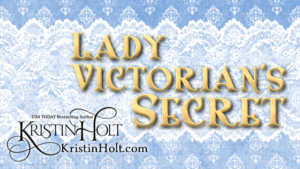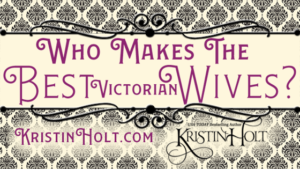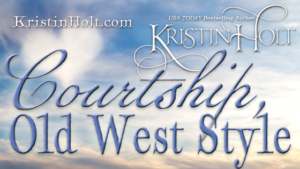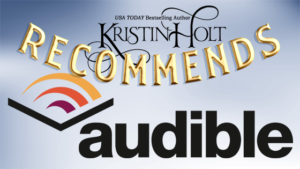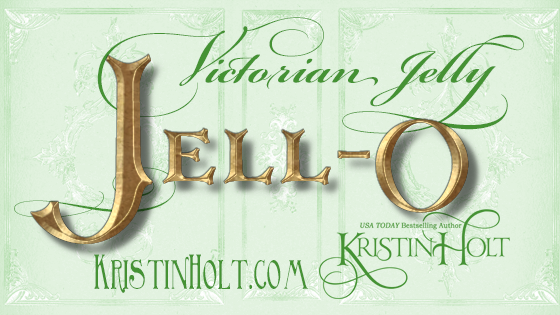
by Kristin Holt | Jul 23, 2022 | Articles
After the advent of Victorian commercially prepared gelatin came colored, flavored boxed gelatin. The Jell-O brand was born in 1899. The new brand’s four-flavor line-up was well-received by housekeepers (wives), and continually promoted by the food manufacturer. Newspaper recipes urged cooks to rely on Jell-O brand gelatin in dessert making.
Don’t miss any one of this 8-part blog series on Victorian America’s Jellies.
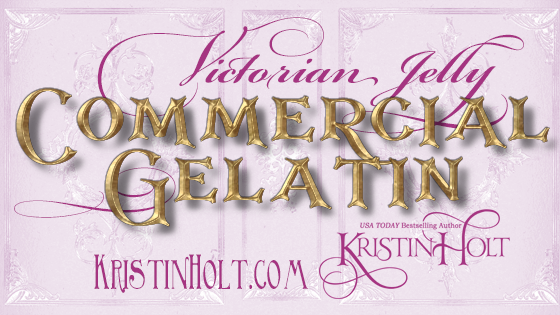
by Kristin Holt | May 28, 2022 | Articles
Credit goes to a Victorian-era inventor for out-of-a-box gelatin. What an amazing labor-saving invention! Until now, wives and daughters everywhere had been making gelatin out of pigs feet and a good deal of elbow grease.
How did nineteenth century scientists manage to capture the essence of gelatin and put it in a box? And how much did it cost?
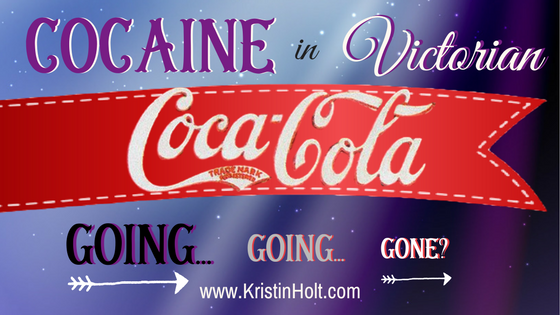
by Kristin Holt | Jul 11, 2017 | Articles
We know original Coca-Cola (debuted 1886) did have cocaine in it–and not “a trivial amount”. The product began as a replacement for coca wine (just what it sounds like), when temperance laws outlaws alcohol, and Pemberton needed a replacement vector for his coca leaves. Looking back at vintage sources, it’s easy to see when cocaine was removed from Coca-Cola, and how the owners ensured their not-yet-trademarked product remained protected. Numerous credible scientists analyzed the syrup (from various retail locations), swearing to Coca-Cola’s freedom from cocaine, but the attacks didn’t stop overnight. Decades later, Coca-Cola maintained its status as a substance-free “refreshing drink”, a 180° switch from its Patent Medicine beginning.
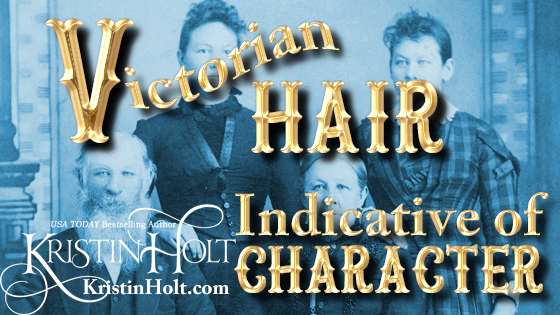
by Kristin Holt | Oct 14, 2016 | Articles
Similar in nature to the nineteenth century confidence in Phrenology as an indicator of personality and character, this descriptive (short) chapter from a barber’s manual from turn of the century (circa 1900) illustrates the Victorian-era suggestion that hair color is indicative of character. Did Mr. Bridgeford, Barber College teacher, accurately connect your hair’s nature to your personality traits?
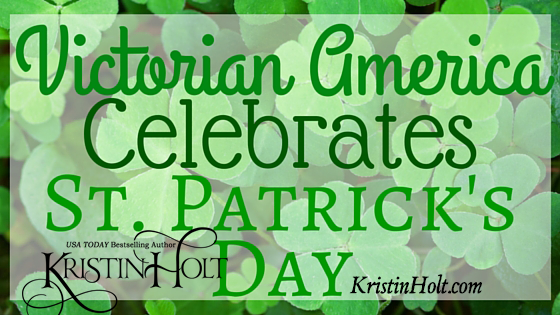
by Kristin Holt | Mar 17, 2016 | Articles
Our 19th Century (Victorian) American ancestors celebrated St. Patrick’s Day in many ways that mirror current / modern observations. The ‘holiday’ has morphed a bit, too, as is to be expected over a 150 to 100 year time span. Many of the 19th century modes of celebration have disappeared and are no longer in vogue.







